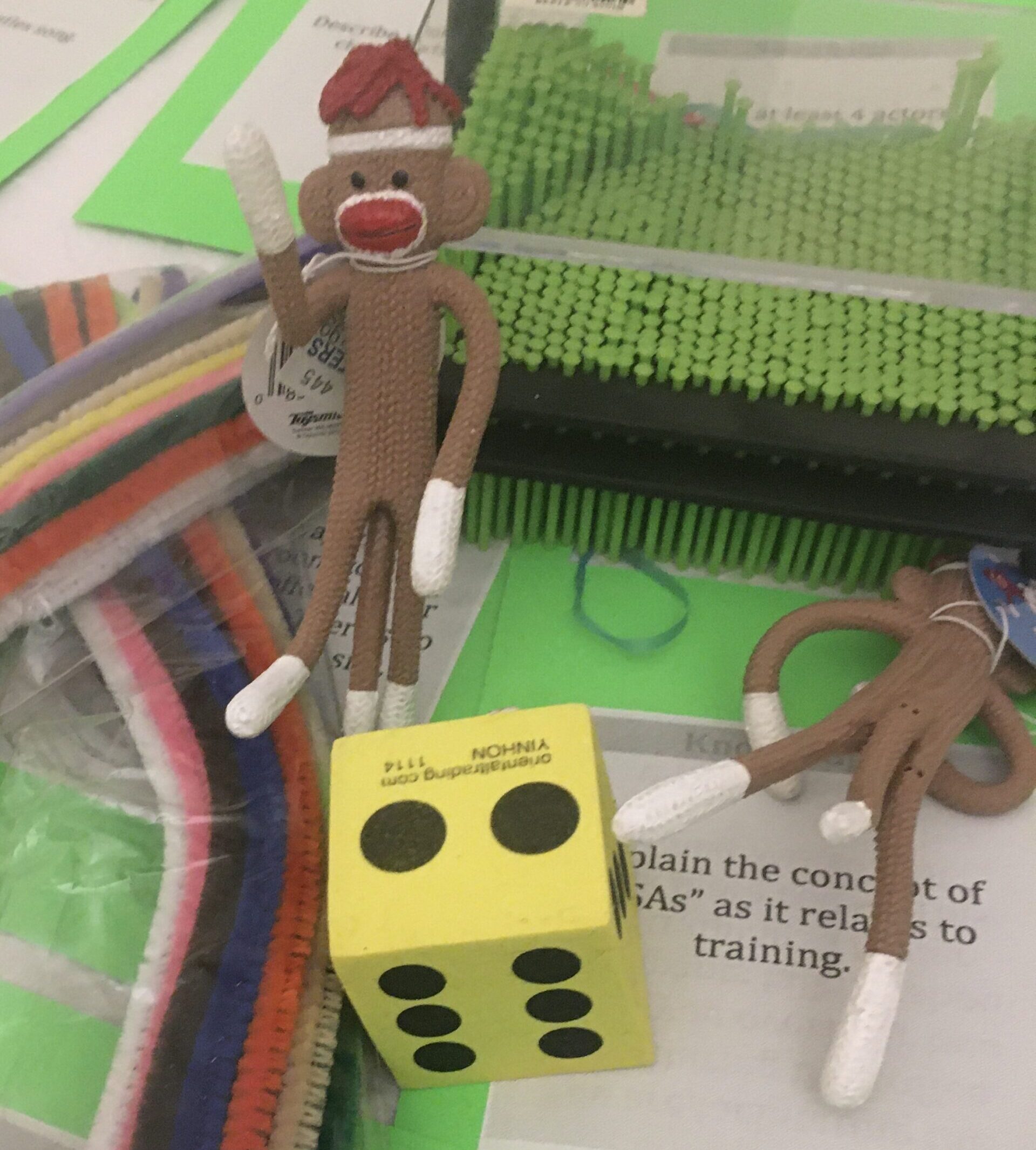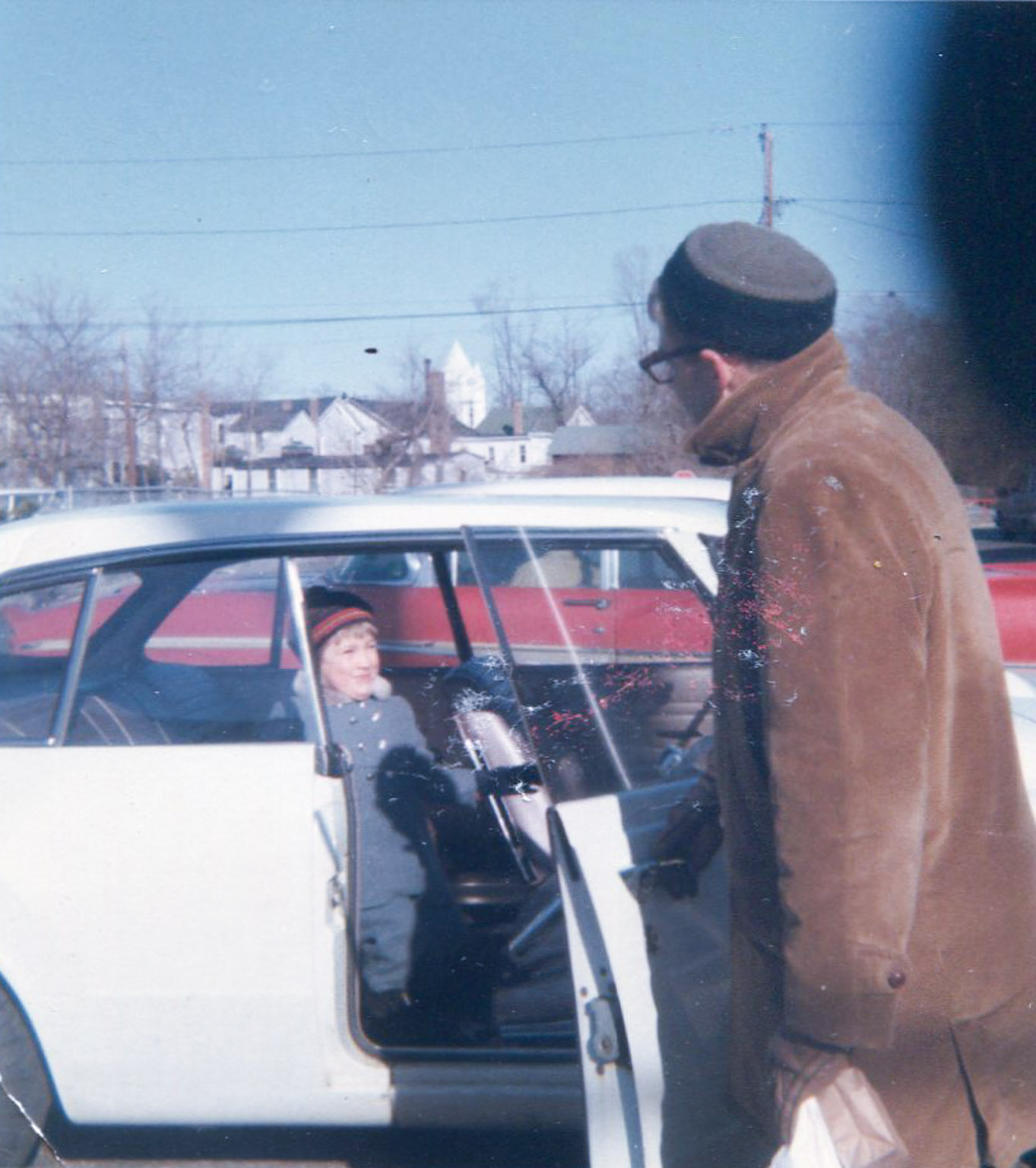What makes for a great learning experience?
The short answer = A laser-like focus on the learner.
As we all pivot to new ways of connecting, business owners, coaches, creatives, and folks like you are looking for the best ways to deliver powerful learning experiences.
Whether it’s a live webinar, pre-recorded course, virtual instructor-led training or a combination of all three, there’s one key rule to follow.
Put your audience front and center with these three simple rules.
- Show, don’t tell.
Make your content real! Remember those amazing Apple product launches? Like the legendary iPhone reveal? Or the iPad presentation? Steve Jobs didn’t just talk about these products; he actually showed what they could do in real-time.
I’m pretty sure the former Apple CEO knew there’d be a learning curve. That people would need time to figure out all the cool things they could do with the new devices.
But did Steve get bogged down in wordy step-by-step instructions for all those features?
Nah. He knew people would be so excited and motivated that they’d experiment and learn on their own.
The same goes for your own courses. Instead of boring your clients and customers with all the details, structure your courses so people can jump right in and teach themselves.
- Make your content real!
Candy Crush is fine when you need a mental pick-me-up. But when a chocolate craving strikes, wouldn’t you rather have the real thing?
Real live adults — like the ones enrolling in your webinars and courses — prefer content they can relate to.
So, instead of imaginary scenarios and stock photos look for ways to boost the real life quotient in your courses.
How?
Here’s one idea: Instead of spending money on stilted, professional voice-overs, or robotic find someone in your network who has a great voice and have that person do the narration.
Think about it. You know your niche inside and out, right? And your employees (if you have any) should too. (And, if they don’t, why are they working for you?)
Do-it-yourself audio lets you tap into your in-house expertise and emphasize your brand’s unique personality.
So, talk about your products and services in real-world language your prospects and clients can understand.
- Watch your language.
Social media sites like Twitter, TikTok and Instagram have made tongue-in-cheek quips and commentary all the rage. To be sure, a smart and sassy title can bring traffic and maybe even boost sales.
But, when it comes to effective e-learning, it’s best to steer clear of this style of communication. Because what’s great for marketing can be downright annoying to a learner.
Remember, people come to your course to learn, not to be wowed — or worse, confused or irritated — by clever titles.
The next time you’re tempted to serve up some snazzy, punny text, ask yourself: Is this really necessary? Is this the best, clearest, most helpful way of educating my customers?
Follow these three rules and you’ll be well on your way to creating meaningful webinars and educational courses that your clients and customers will love.
Want some support getting your signature learning program up and running? I’ve spent decades designing courses for clients large and small and I’ve got a proven system to get you in the learning game. Check out The Launch Pad, my hybrid coaching + consulting program. Or contact me for a consult to find out how I can help.






